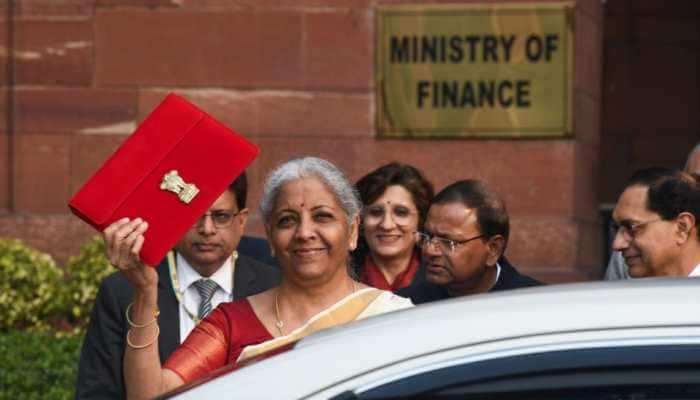India planning to have own space station: ISRO chief K Sivan
On Wednesday, the ISRO chief had announced that India will be launching its second lunar mission Chandrayaan-2 on July 15 at 2:51 am.
Trending Photos
)
Indian Space Research Organisation (ISRO) chief K Sivan on Thursday said that India is planning to launch its own space station. Sivan added that project will be an extension of the Gaganyaan mission. “We have to sustain the Gaganyaan programme after the launch of (the) human space mission. In this context, India is planning to have its own space station,” K Sivan said at a press conference.
On Wednesday, the ISRO chief had announced that India will be launching its second lunar mission Chandrayaan-2 on July 15 at 2:51 am. "We are going to land on the Moon either on September 6 or September 7, that day happens to be the beginning of a lunar day. For one full lunar day, the lander and rover will be functioning and will carry out scientific experiments," K Sivan had said.
Dr Sivan also said that the cost of Chandrayaan 2 Mission mainly the satellite portion, including the support from foreign agencies as well as for navigation purpose, is Rs. 603 crore. Chandrayaan 2 has three modules namely Orbiter, Lander (Vikram) and Rover (Pragyan). The ISRO is planning to interface the Orbiter and Lander modules mechanically and stack them together as an integrated module before accommodating them inside the GSLV MK-III launch vehicle, while the Rover will be housed inside the Lander.
After launching into earth-bound orbit by GSLV MK-III, the integrated module will use Orbiter propulsion module to reach the orbit of moon. Subsequently, Lander will separate from the Orbiter and soft land at the predetermined site close to lunar South Pole. The Rover will then roll out for carrying out scientific experiments on the surface of moon.
Lander and Orbiter will also be equipped with instruments to carry out scientific experiments, including finding water and special minerals on the lunar surface. The spacecraft will carry 11 payloads – six from India, three from Europe, two from USA. GSLV MKIII, which will be carrying house the moon lander, weighs 3.8 tonnes.
Stay informed on all the latest news, real-time breaking news updates, and follow all the important headlines in india news and world News on Zee News.
Live Tv







)
)
)
)
)
)
)
)
)
)

